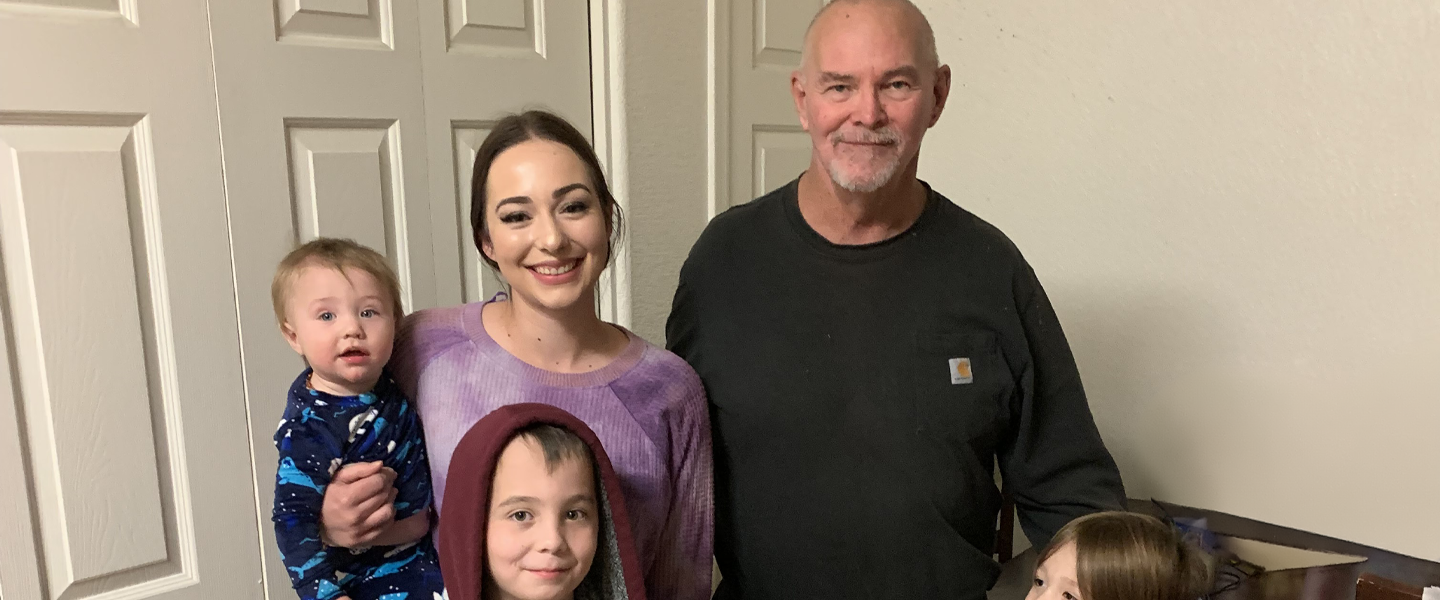More Than a Defibrillator—ASSURE Alerts Also Save Lives
While visiting Phoenix, AZ in April 2024, Ron Dehart began to have chest pains, suggesting a heart attack. The pains persisted throughout the night, but Ron held off on calling emergency services. The next day he immediately went to see his cardiologist who told him he was, in fact, having a heart attack.
Ron immediately flew back to Phoenix and went straight to the hospital where a medical team implanted two stents. Even with the stents, Dr. Ambrose Panico, a cardiac electrophysiologist, said Ron was still at an elevated risk for sudden cardiac death and prescribed a WCD. Ron was then introduced to Mel Parsel, with Kestra, who spent time consulting Ron on the importance of wearing the ASSURE® WCD at all times, except for showering and she set up a time for an ASSURE Patient Specialist to provide him with education. Ron remembers, “If I have a problem, the device will start talking to me.”
The ASSURE Event
Not long after beginning to wear the ASSURE WCD, Ron started feeling seriously ill. It was about then the ASSURE WCD began “talking to him.” He recalled the ASSURE Patient Specialist’s warnings about specific alerts and, as he’d been instructed, pressed the HeartPoint™ Alert Button. When the WCD audible alert continued to say, “Call 911”, he pressed the button again and asked his son to call 911. “Things got a little sketchy after that,” he said.
Since he was conscious, Ron had repeatedly pressed the alert button, therefore the ASSURE WCD did not administer a defibrillation shock. But Ron was experiencing an incredibly dangerous ventricular tachycardia and was on the edge of losing consciousness. At the same time, the Kestra CareStation® remote patient data platform had alerted Mel of the ongoing event. Mel quickly alerted the on-call physicians at Cardiovascular Associates of Mesa and sent them the episode reports. “Within 15 minutes, there was complete coordination of care, and the patient was on his way to being treated,” Dr. Panico said. “So, I think that’s an even bigger success than him getting shocked and surviving.” The WCD provided much needed and crucial data to the hospital cardiac team – and validated Mr. Dehart’s concern that something was not quite right.
After initial intervention and observation, Ron received an implantable cardioverter defibrillator (ICD) and sent home to recuperate.
The Provider’s Perspective
When it comes to WCDs, Dr. Panico believes electrophysiologists tend to prescribe WCDs less than other cardiac specialists, primarily because they have a different view of what should be deemed high or low risk. Dr. Panico sees patients in WCDs every week and takes a different view. “I’ve put more [implantable] defibrillators in people whose lives have been saved by wearable devices, than I can remember,” he says, “so obviously there’s a very important place for this device, and all it takes is to have one patient saved.”
For some time, Dr. Panico and fellow cardiologists had been outfitting patients with WCDs from a competitor. But now, Dr. Panico and his team have been prescribing the ASSURE system exclusively, asserting that the interface is more friendly, easier to use, and the patient experience is far superior.
A Win-Win for Doctors and Patients
Ron admits that fear compelled him to wear the WCD. “I felt like I was looking at a life-or-death situation, this device would give me a chance,” he said.
Dr. Panico is equally impressed. In the last year, he has put in 3–4 ICDs for patients who were appropriately treated by the ASSURE system. He believes there is tremendous value with the device, not the least of which is higher compliance because patients find the ASSURE WCD more comfortable. Ron’s experience also highlights the importance of the low false alarm rates consistently demonstrated with the ASSURE WCD, which Dr. Panico notes was not the case with the previous product.
“At the end of the day the result was a life saved,” said Dr. Panico. “Happy patient. Happy doctors. Everybody wins.”
